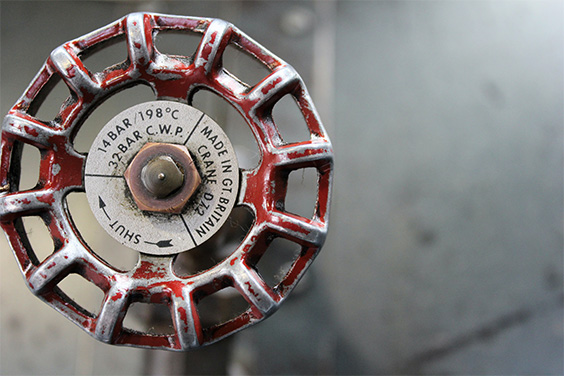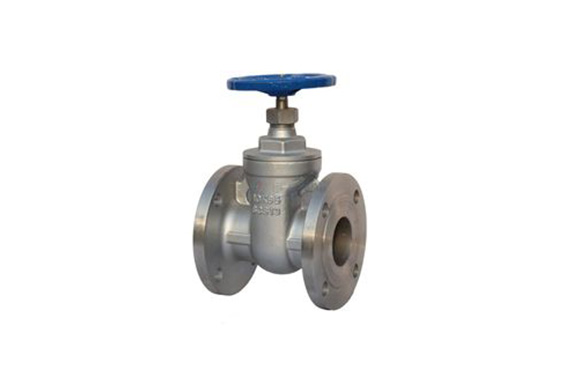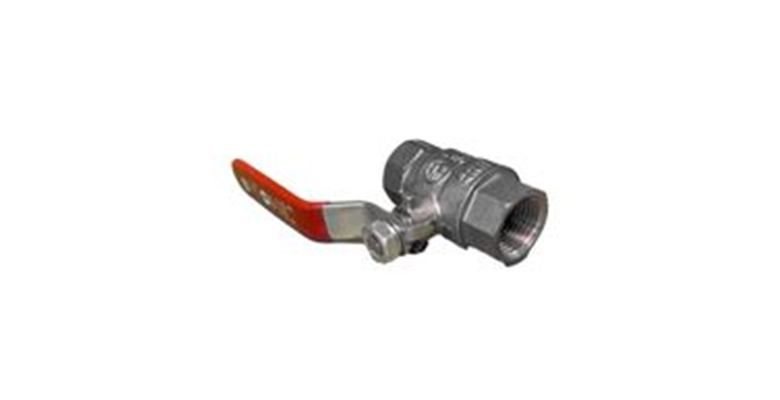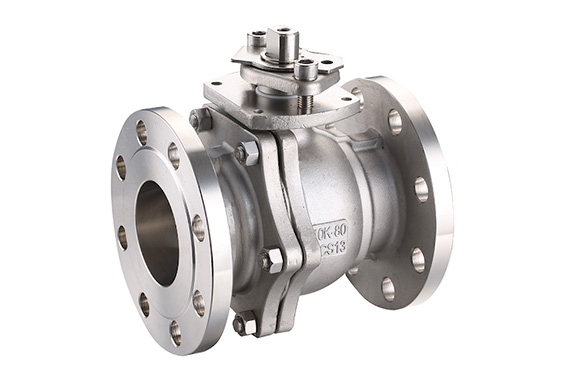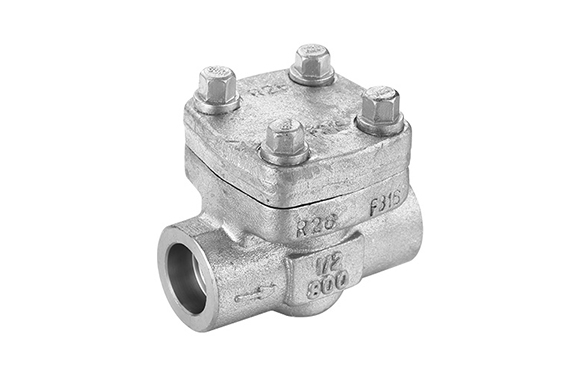Removing a compression valve can be a daunting task, but with the right tools and instructions, it can be done quickly and easily. In this blog post, we’ll walk you through the process of removing a compression valve, step by step. So if you’re ready to get started, keep reading!
How To Remove A Compression Valve
1. Remove the nut and washer on the end of the compression valve.
2. Remove the compression valve.
3. Clean out any pieces of broken glass that may have fallen into the top of your stem.
4. Using a small screwdriver, remove the rubber grommet from around the stem in your water pipe.
5. Remove any toothpicks or other foreign objects that may have been stuck in your bowl or downstem.
6. Reassemble your water pipe, using fresh screens and O-rings if necessary, and enjoy!
How do you remove a stuck compression shut off valve?
If you’ve ever been in the middle of a home improvement project, only to find that your compression shut off valve is stuck, then you know how frustrating it can be. However, there’s no need to call in a professional – with a little patience and the right tools, you can easily remove a stuck compression shut off valve yourself.
The first step is to turn off the water supply to the valve. Next, use a wrench to loosen the collar nut, which is located just above the handle. Once the collar nut is loose, you should be able to remove the handle and stem. With the handle and stem removed, you’ll be able to access the bonnet nut, which secures the valve seat inside the body of the valve.
Use a wrench to loosen the bonnet nut, being careful not to damage the threads. With the bonnet nut removed, you should be able to pull out the valve seat and O-ring. Once you have removed all of the parts from the body of the valve, cleaning any mineral deposits from the surface before reassembling.
Be sure to use plumber’s tape on all of the threaded connections, and hand-tighten all of the nuts before using a wrench to finish tightening them. With these steps, you’ll have your compression shut off valve working like new in no time.
How do you free up a stuck intake valve?
When an intake valve becomes stuck, it can be a real pain to try and free it up. The first thing you’ll want to do is make sure that the area around the valve is clean. Any dirt or debris that is blocking the valve will need to be removed. Once the area is clean, you can try using a lubricant to help free up the stuck valve.
A few drops of WD-40 should do the trick. If the lubricant doesn’t work, you may need to use a small hammer to tap on the valve lightly. Be careful not to hit it too hard, or you could damage the valve. With a little patience and some trial and error, you should be able to free up a stuck intake valve.
Can you spray WD40 on a water shut-off valve?
The short answer is yes, you can spray WD40 on a water shut-off valve. However, it’s important to exercise caution when doing so. WD40 is an oil-based product, and too much oil can cause build-up and clogging.
In addition, WD40 is flammable, so it’s important to avoid using it near open flames or sparks. If used in moderation, however, WD40 can help to lubricate and protect your water shut-off valve.

